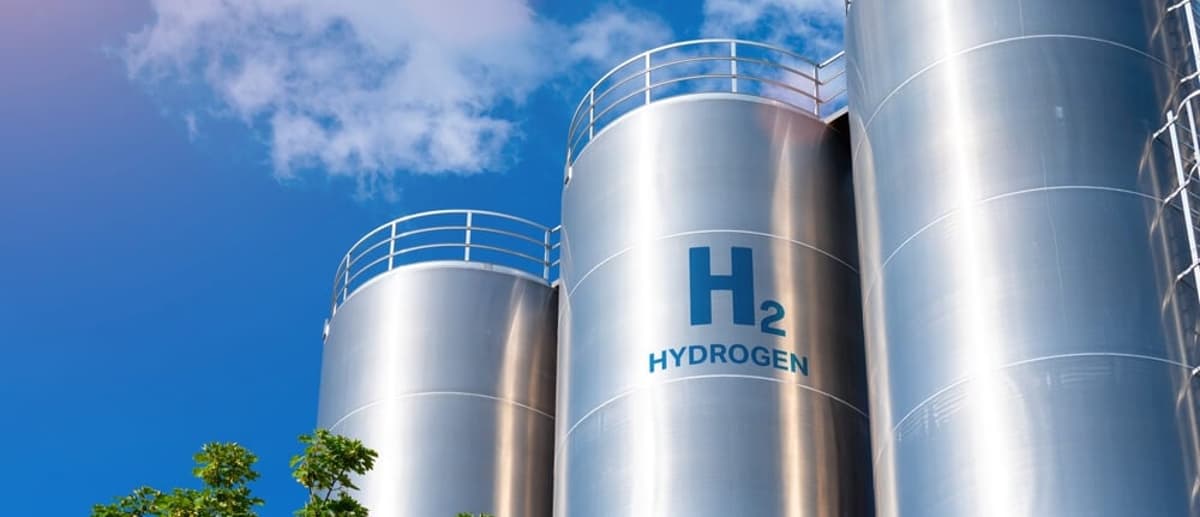Revolutionary Hydrogen Production Method with Zero CO2 Emissions and High-Value Byproduct
Key Ideas
- Researchers from Peking University and Cardiff University develop a novel hydrogen production method using a bimetallic catalyst, eliminating direct CO2 emissions.
- The process operates at a lower temperature of 270C compared to traditional methods, producing acetic acid as a valuable byproduct with numerous industrial applications.
- The innovation paves the way for low-carbon alternatives in various industries such as plastics, textiles, pharmaceuticals, and more, reducing reliance on fossil fuels and contributing to sustainability.
- This breakthrough in hydrogen production could potentially establish a circular economy model by replacing fossil feedstocks with bioethanol derived from agricultural waste.
Scientists from Peking University in China and Cardiff University in the UK have collaborated to develop a groundbreaking method for hydrogen production that not only eliminates direct carbon dioxide emissions but also yields acetic acid, a highly sought-after industrial chemical. This innovative process utilizes a bimetallic catalyst to trigger a reaction between bioethanol, obtained from agricultural waste, and water at a notably lower temperature of 270C, in stark contrast to the energy-intensive 400C to 600C ranges typical in conventional hydrogen production methods like steam methane reforming. The significance of this method lies in its ability to generate acetic acid simultaneously, a chemical widely utilized across various sectors including plastics, textiles, pharmaceuticals, food preservation, and manufacturing. Graham Hutchings, a Regius Professor of Chemistry at Cardiff University, highlighted the potential of this development in offering a low-carbon alternative for industries like acetate fiber production and pharmaceutical intermediaries. With the International Energy Agency pointing out that most hydrogen production globally relies on fossil fuels and emits substantial CO2, this new approach signifies a crucial step towards sustainability. Building upon years of research on metal-carbide catalysts for hydrogen production, the researchers envision a shift towards a circular economy model by substituting fossil resources with bio-based alternatives, thus aligning with the principles of renewable energy and environmental responsibility.
